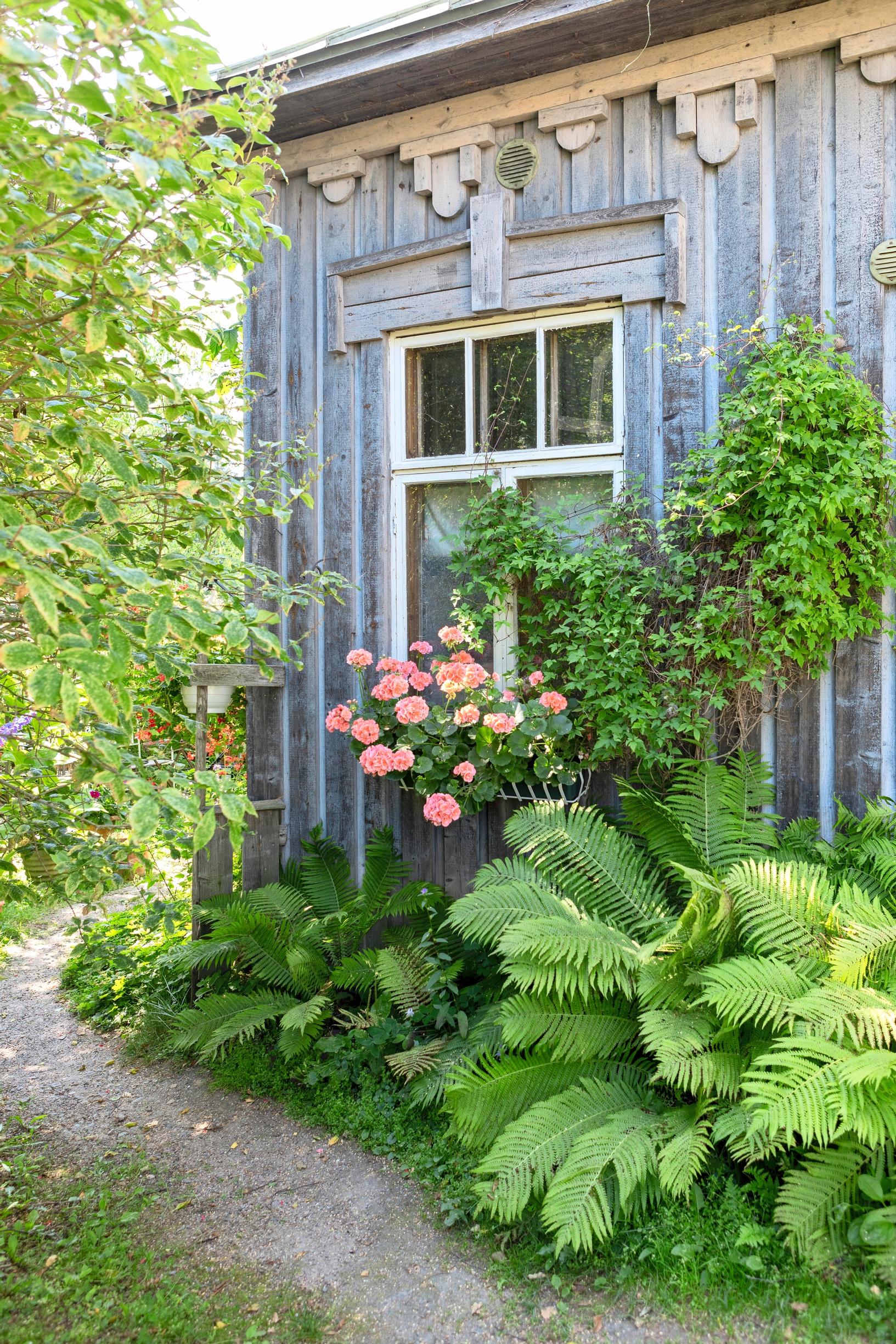
10 reasons to love pelargoniums—from cuttings to colorful blooms
Pelargoniums offer a spectacular variety of intriguing flower and leaf shapes, fragrances, and stories. In addition to their blossoms, they are prized in Finland for their ornamental and fragrant qualities as houseplants. They’re also easy to share as pelargonium cuttings with others!
1. The king of summer flowers
It’s no exaggeration to say that Finns genuinely love pelargoniums. Every year, over four million grow in Finland—about 0.8 for each person. Known by many Finnish nicknames such as pelakuu, pelakka, pelakuurna, or pielikki, these easygoing and versatile flowers thrive anywhere, from an urban balcony to the porch of a red-painted cottage.

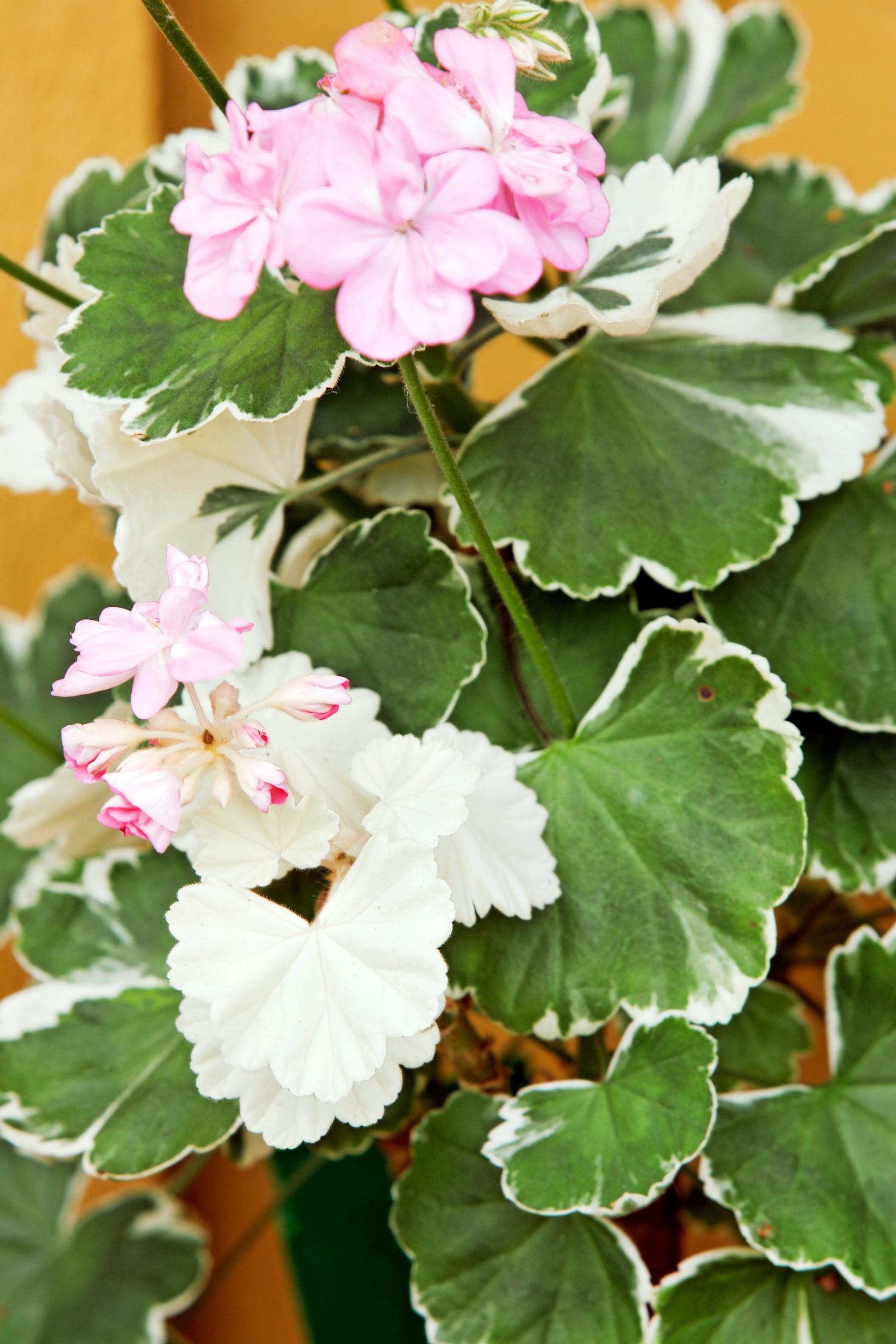
2. Ah, what aromas
Gently rub the leaves of scented pelargoniums, and you may detect hints of rose, apple, lemon, or nutmeg. This group includes many fragrant-leaved varieties, some of which are quite old. One example is the Swedish ‘Dr. Westerlund,’ dating back to the 19th century, with a distinct lemony fragrance.
In the past, people grew scented pelargoniums indoors to mask stuffy smells. It’s said that even Finland’s national poet Johan Ludvig Runeberg’s plant-loving wife Fredrika would wave her balsam pelargonium to freshen the home’s indoor air. If you’re lucky, you can still buy cuttings of Fredrika’s plant at the J. L. Runeberg Home Museum in Porvoo.

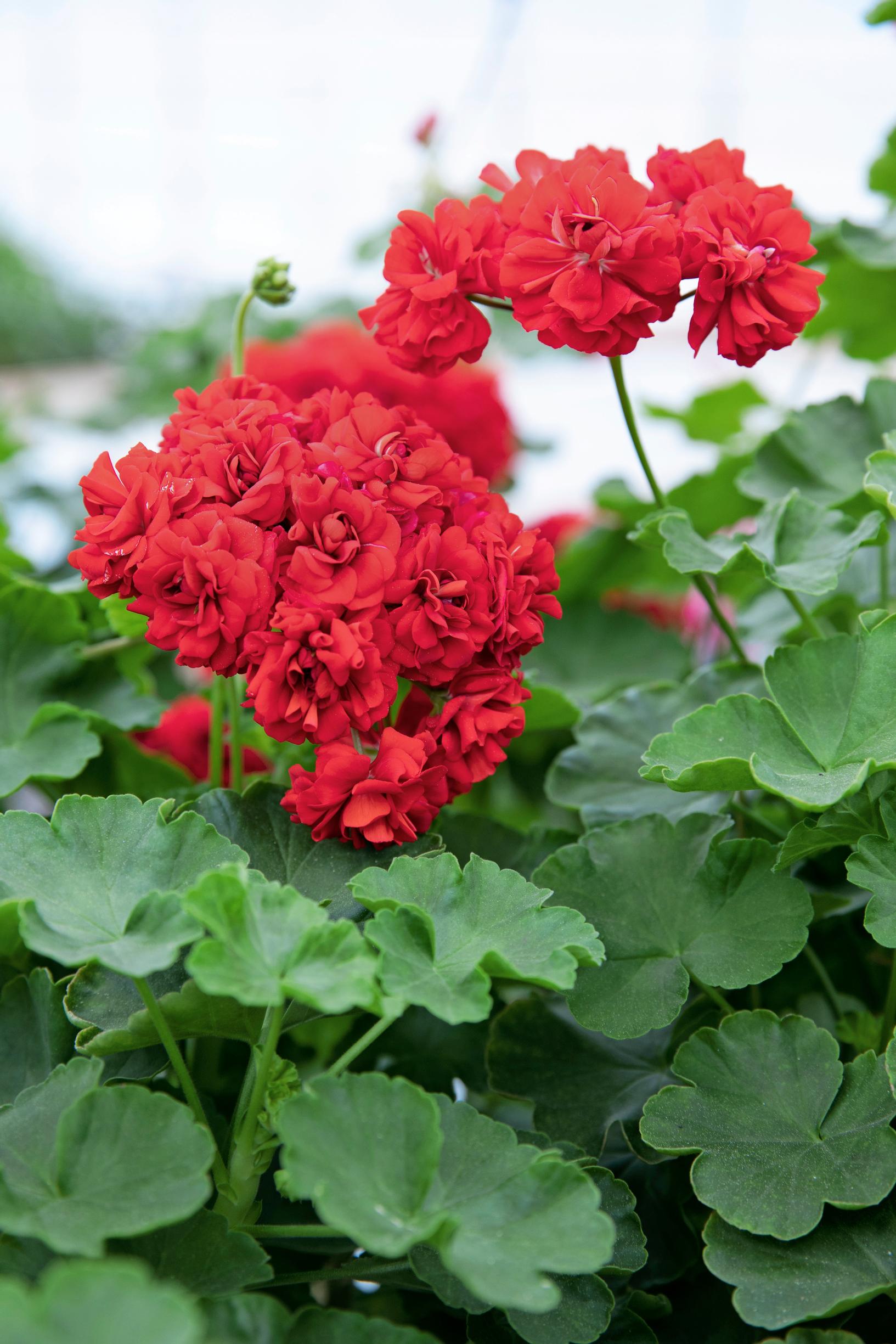
3. Living cultural history
In Finland, many traditional household pelargonium varieties—such as ‘Jyväskylä,’ ‘Kaisa Kallio,’ and ‘Evakko’—have been preserved. Often passed down for decades from mother to daughter or neighbor to neighbor, many were actually rescued from war-torn Karelia by evacuees. Adapted to varied conditions, these heirlooms are thankful and easy to grow.
Natural Resources Institute Finland has extensively studied old Finnish household pelargoniums. Their work resulted in the publication ‘Vanhat suomalaiset kotipelargonit—Sata vuotta kasviaarteita ikkunoilla’ (Old Finnish household pelargoniums—one hundred years of botanical treasures on windowsills).
4. Endless possibilities
The Pelargonium genus includes nearly 300 species and more than 17,000 varieties.

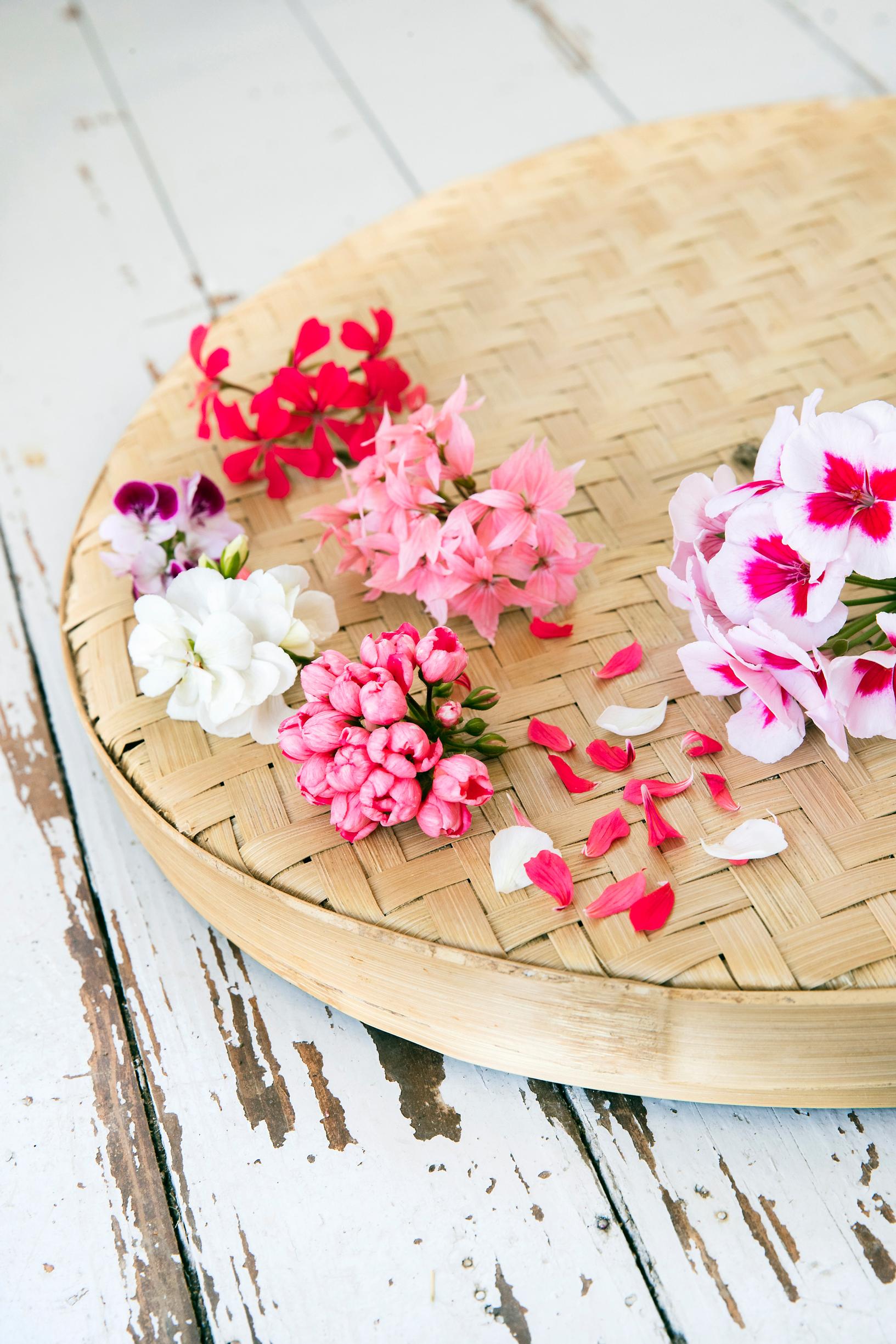
5. A brilliant cut flower
Although pelargoniums are rarely used as cut flowers, they stay fresh in a vase for a long time. Slip a single bloom into a vase or gather blossoms from different varieties into a lively bouquet. They were once even used as wedding flowers. In Sweden, a 1930s-era “Bröllopspelargon” (wedding pelargonium) still exists. Pelargonium leaves also add decorative flair to floral arrangements.

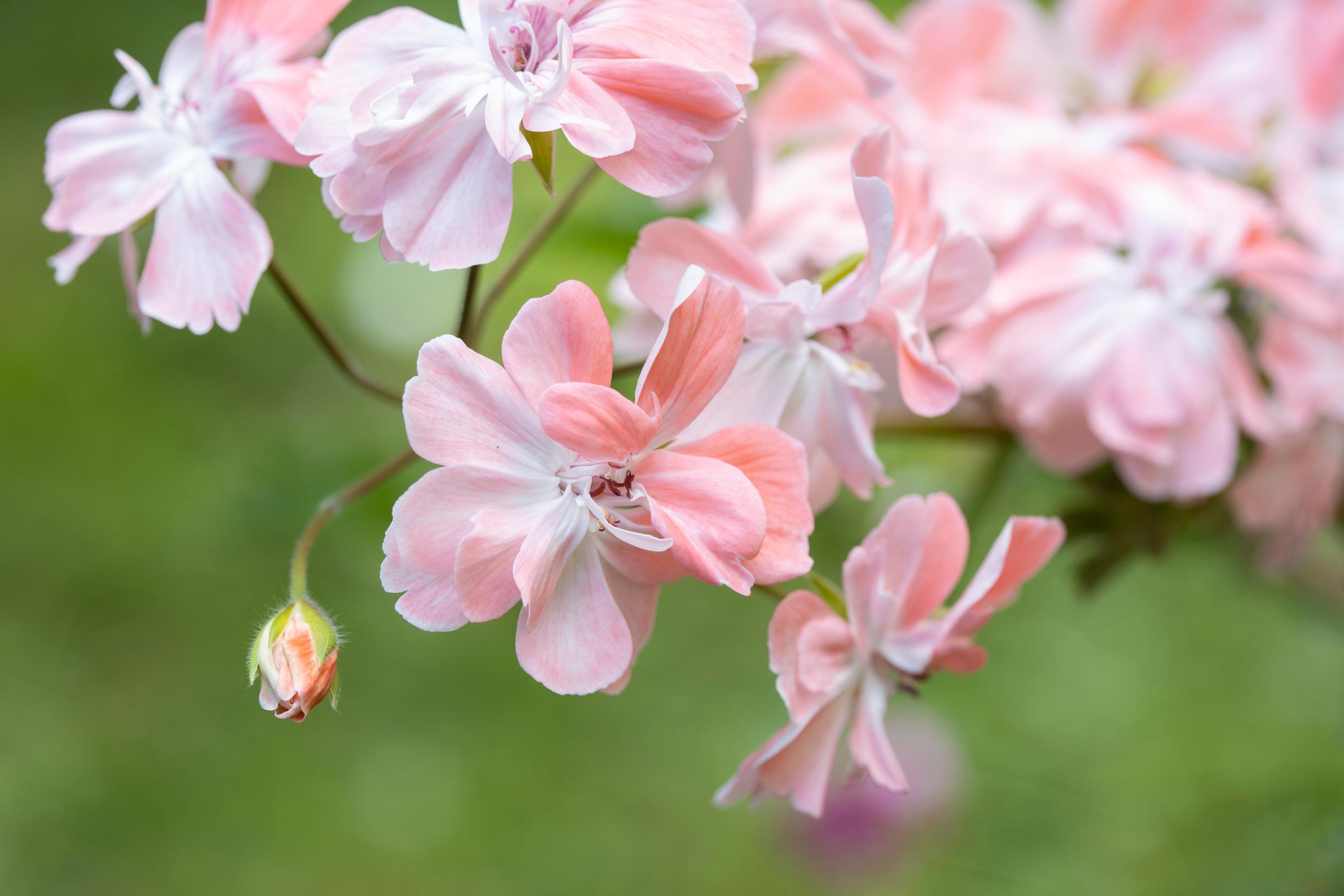
6. A trendy houseplant
Many wild pelargonium species, with their exotic looks and care requirements, resemble succulents more than summer flowers. Recently, they’ve gained popularity among houseplant enthusiasts.

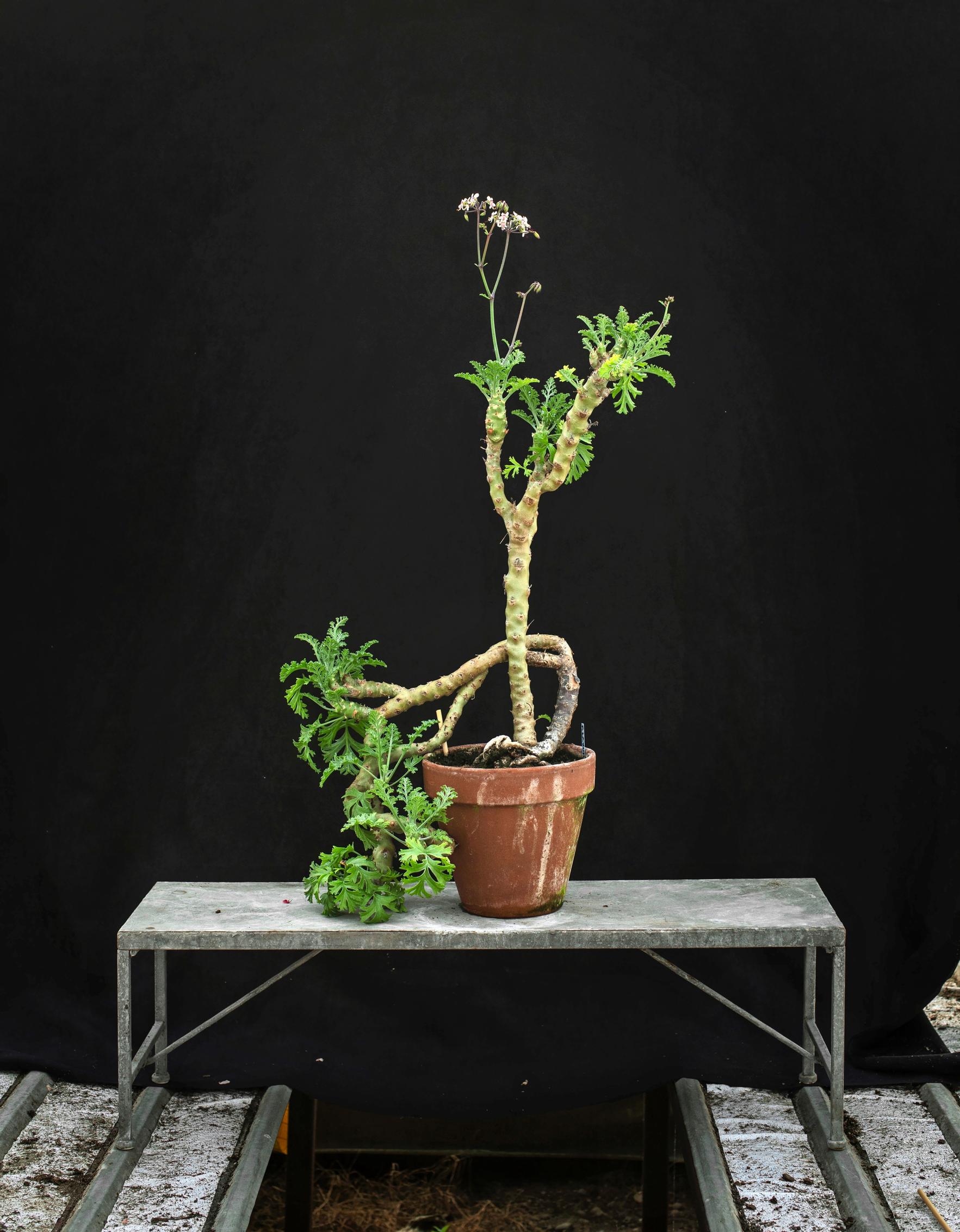
7. Not just a one-summer wonder
Overwintering pelargoniums is fairly simple, so they become more impressive each year. It also saves money on buying new summer flowers every spring. Large parent plants can produce pot after pot of new starts. Growing these perennial pelargoniums is also kinder to the environment, since single-season flowers require plenty of resources.

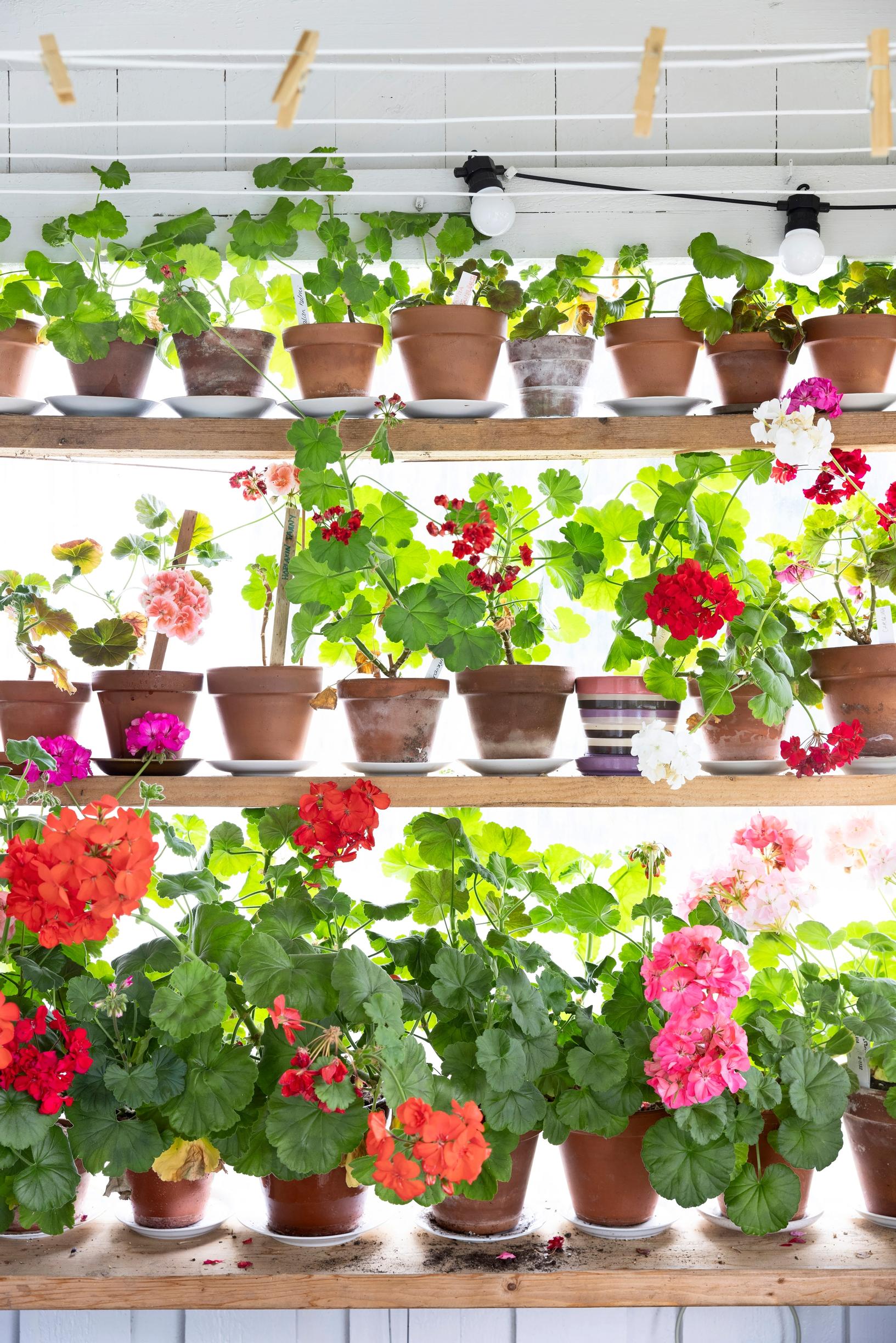
8. The company of like-minded people
Founded in 2016, the Finnish Pelargonium Society brings together pelargonium fans all over the country. The Finnish Association for Useful Plants also organizes a Soilikki & Pielikki group in Helsinki for enthusiasts of pelargoniums and other heritage houseplants. The Finns truly love their pelargoniums!

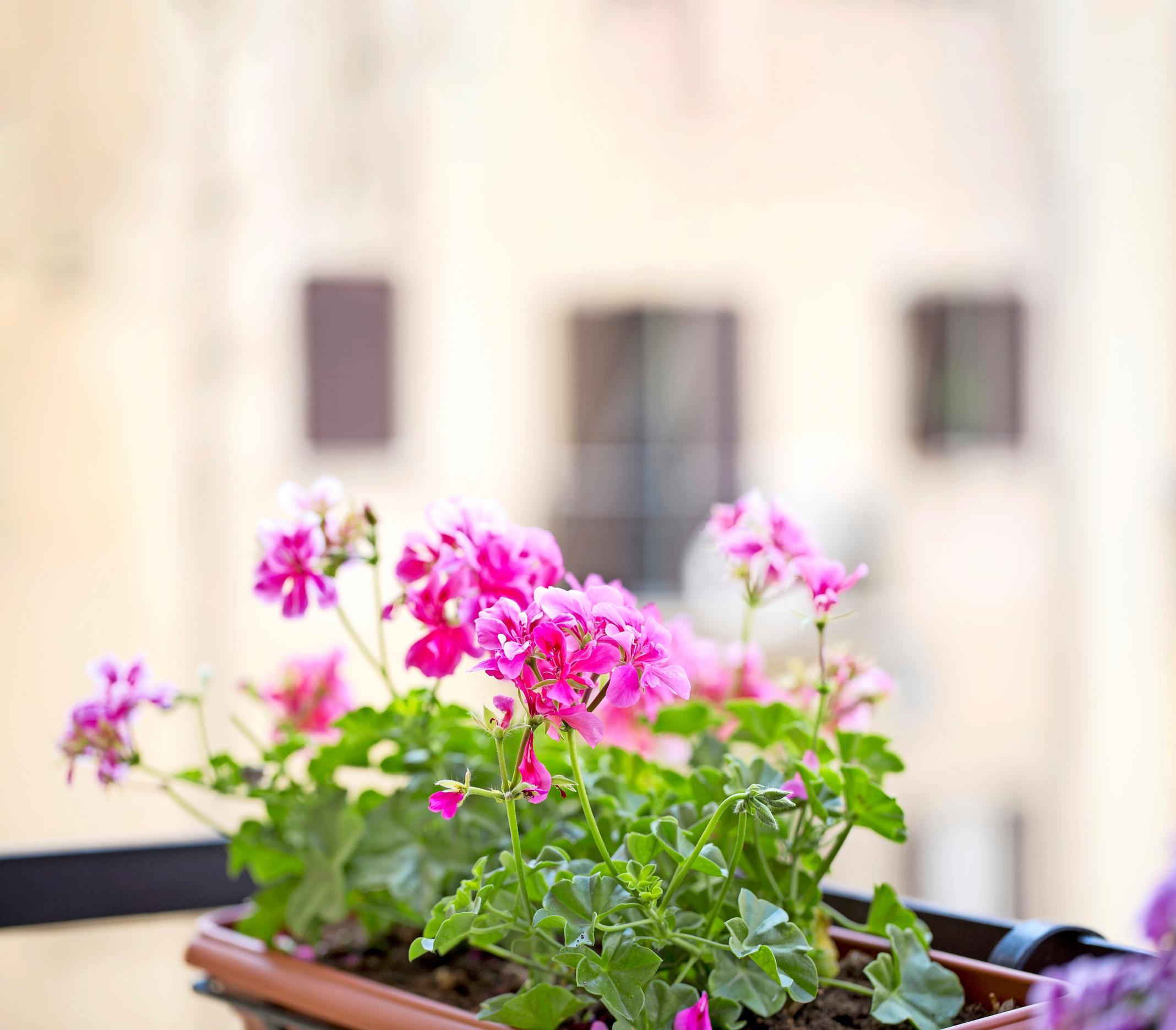
9. Shared joy
Pelargonium cuttings often pile up beyond what you need, but it’s usually easy to find someone eager to have them. They make thoughtful gifts for gardening friends, and cuttings or small potted pelargoniums are great trade items at spring plant swaps. By sharing them, you also ensure lots of backups in case anything happens to your own plant during winter.


10. Not just beautiful and fragrant
Every pelargonium flower and the leaves of scented varieties are edible, as long as they’re grown without pesticides.

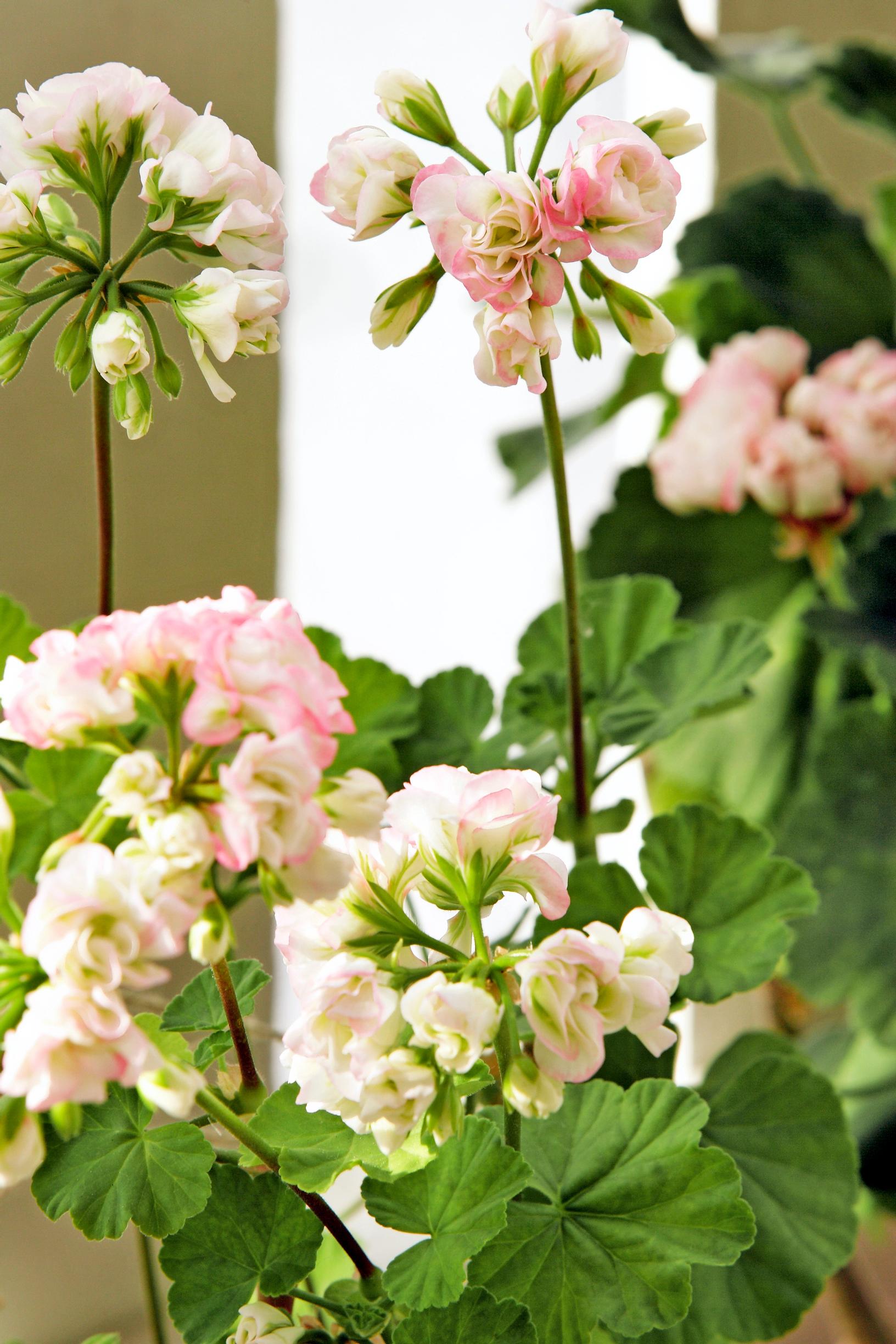
Did you know these facts about pelargoniums?
About 80 percent of pelargonium species come from South Africa. They also grow in places like Australia and New Zealand, since pelargoniums existed 160–800 million years ago, when Africa and Australia were still connected.
Nowadays, the range of pelargoniums is enormous, and they remain among the most popular summer flowers in Finland and worldwide year after year. It’s no wonder—there’s a pelargonium for every taste. Their flowers can be anything from simple and delicate to lavish and ruffled. Colors span pure white, warm and cool reds, and near-black dark purples; a few varieties are even yellow. The largest pelargoniums grow nearly as tall as small trees, while micro-miniature household varieties stand no taller than a pinkie.
For most people, the best-known varieties are home or zonal pelargoniums, offering the widest selection. Another well-loved but smaller group are scented pelargoniums, admired more for their fragrant leaves than their flowers. In recent years, many wild pelargonium species have also gained fans. Several Finnish nurseries specialize in pelargoniums, and you can sometimes find older domestic varieties there.
Most pelargoniums need a lot of light, but for example, peppermint pelargonium naturally grows under trees, so it prefers partial shade. A good rule of thumb is: the smaller the leaves, the brighter the sunlight needed. Double-flowered varieties don’t cope well with rain, so a sheltered spot or sunny porch is ideal. Pelargoniums are sensitive to cold, so at the start and end of summer, you need to protect them from frost with covers or bring them indoors. They don’t dormantly rest on their own; given warmth and light, they may bloom year-round.


